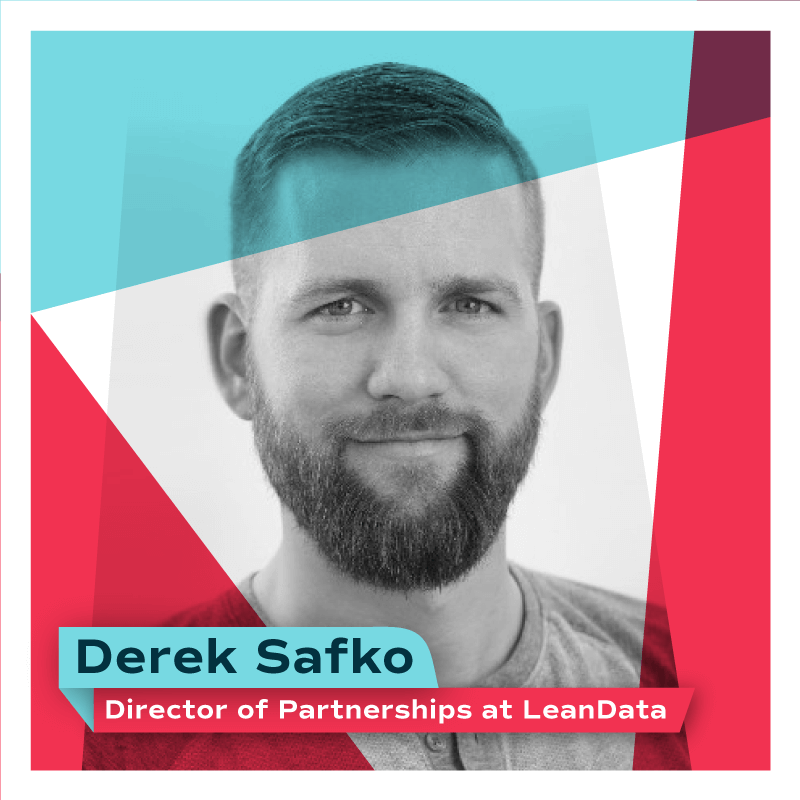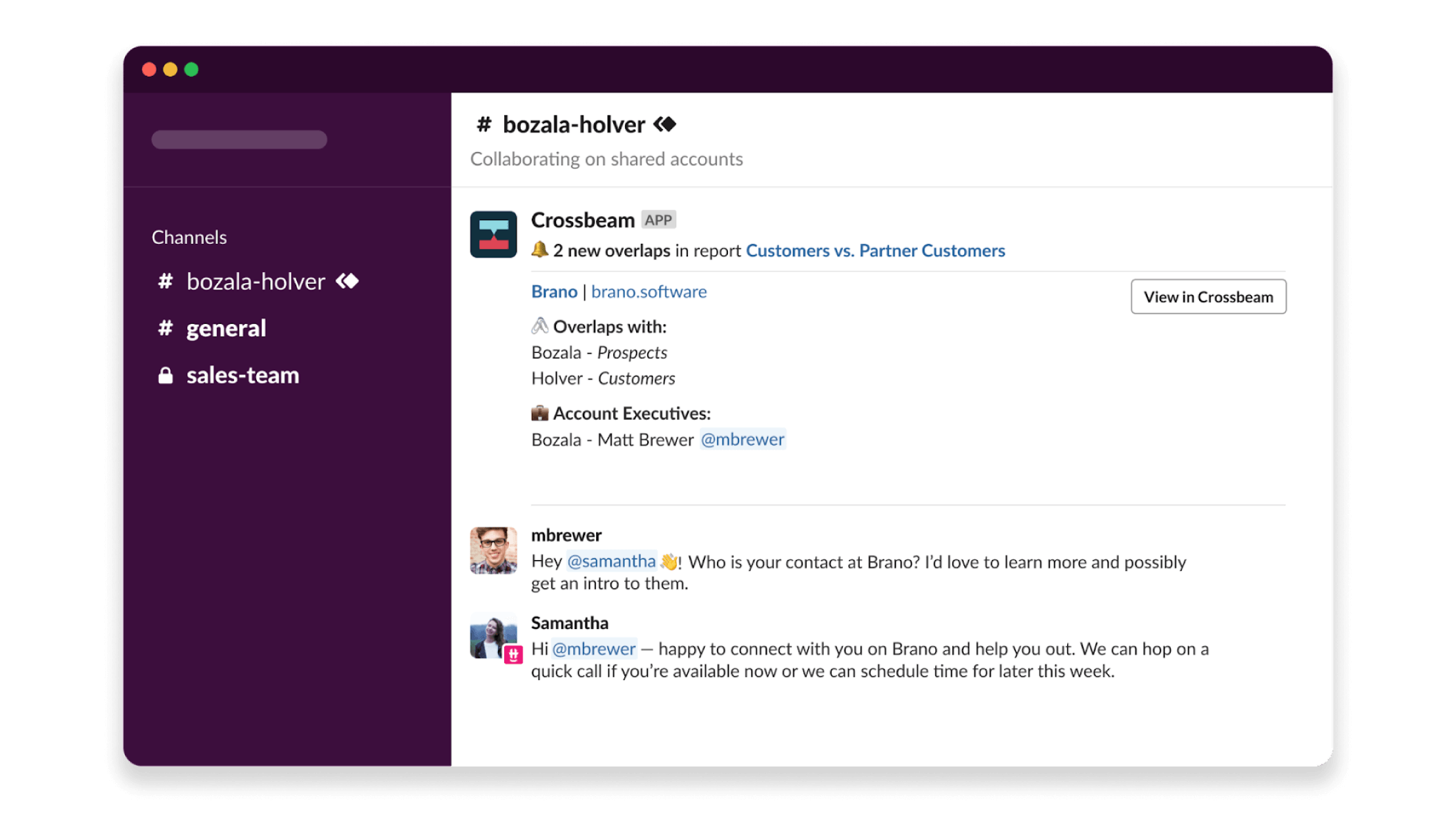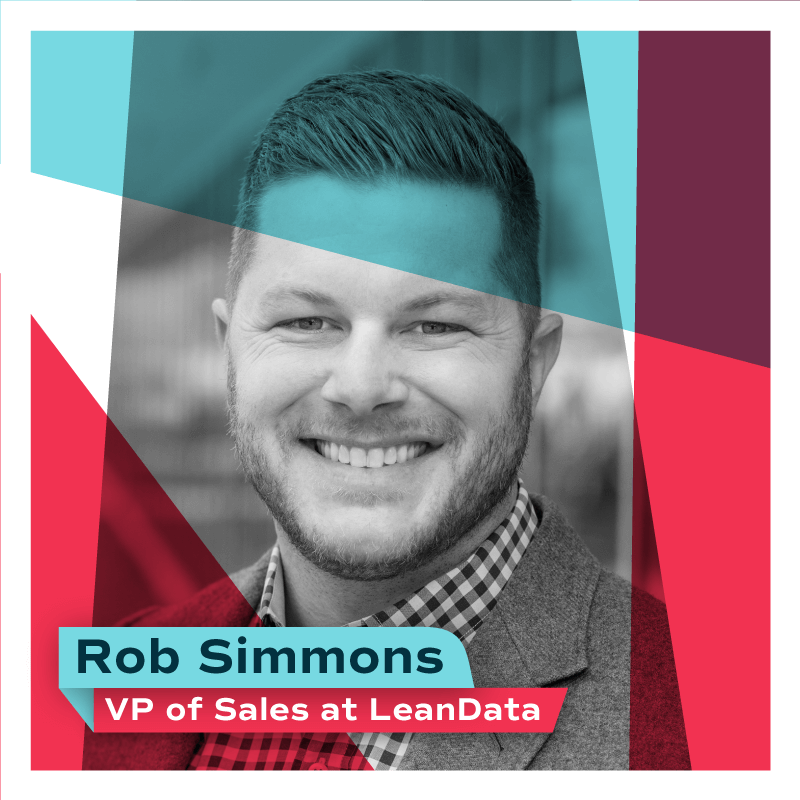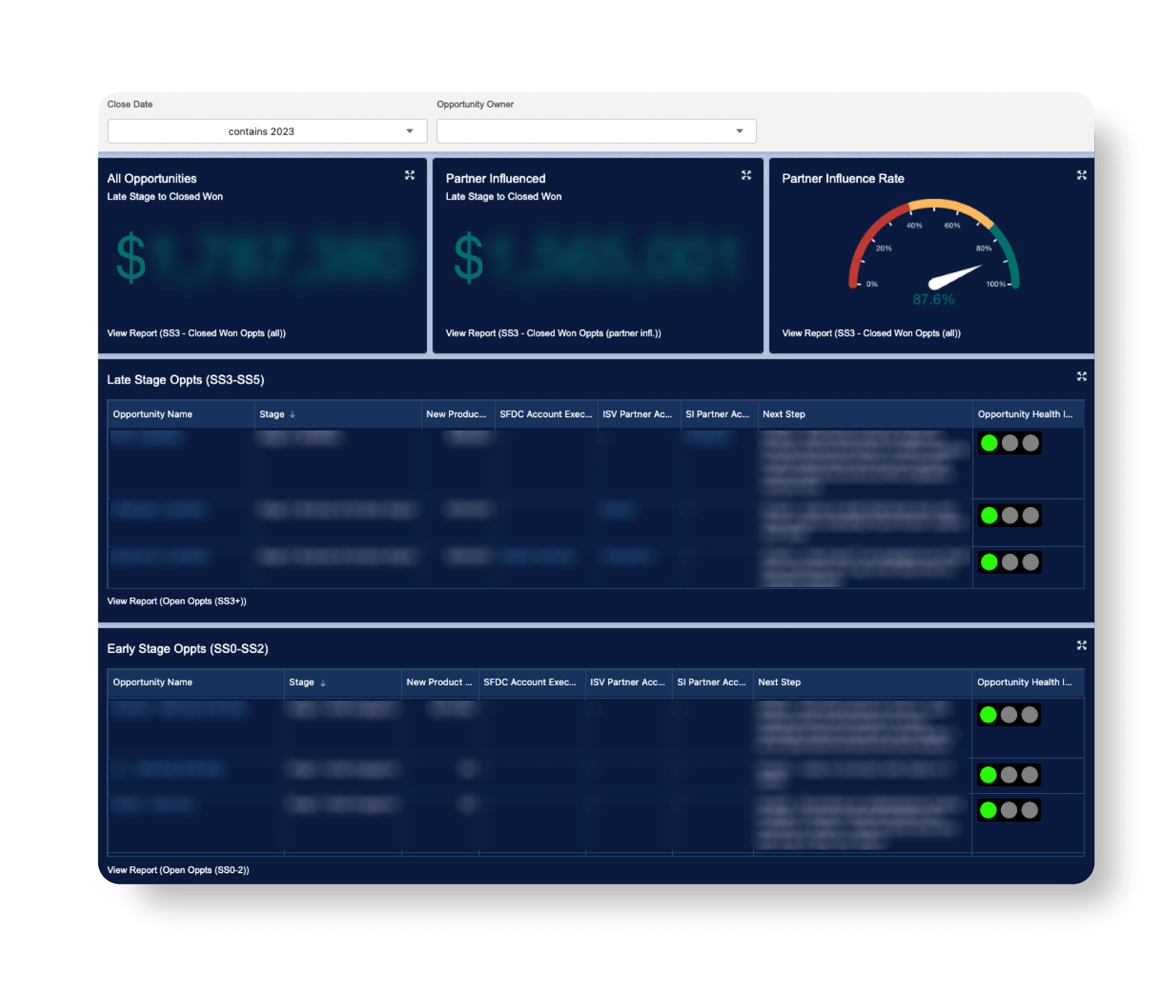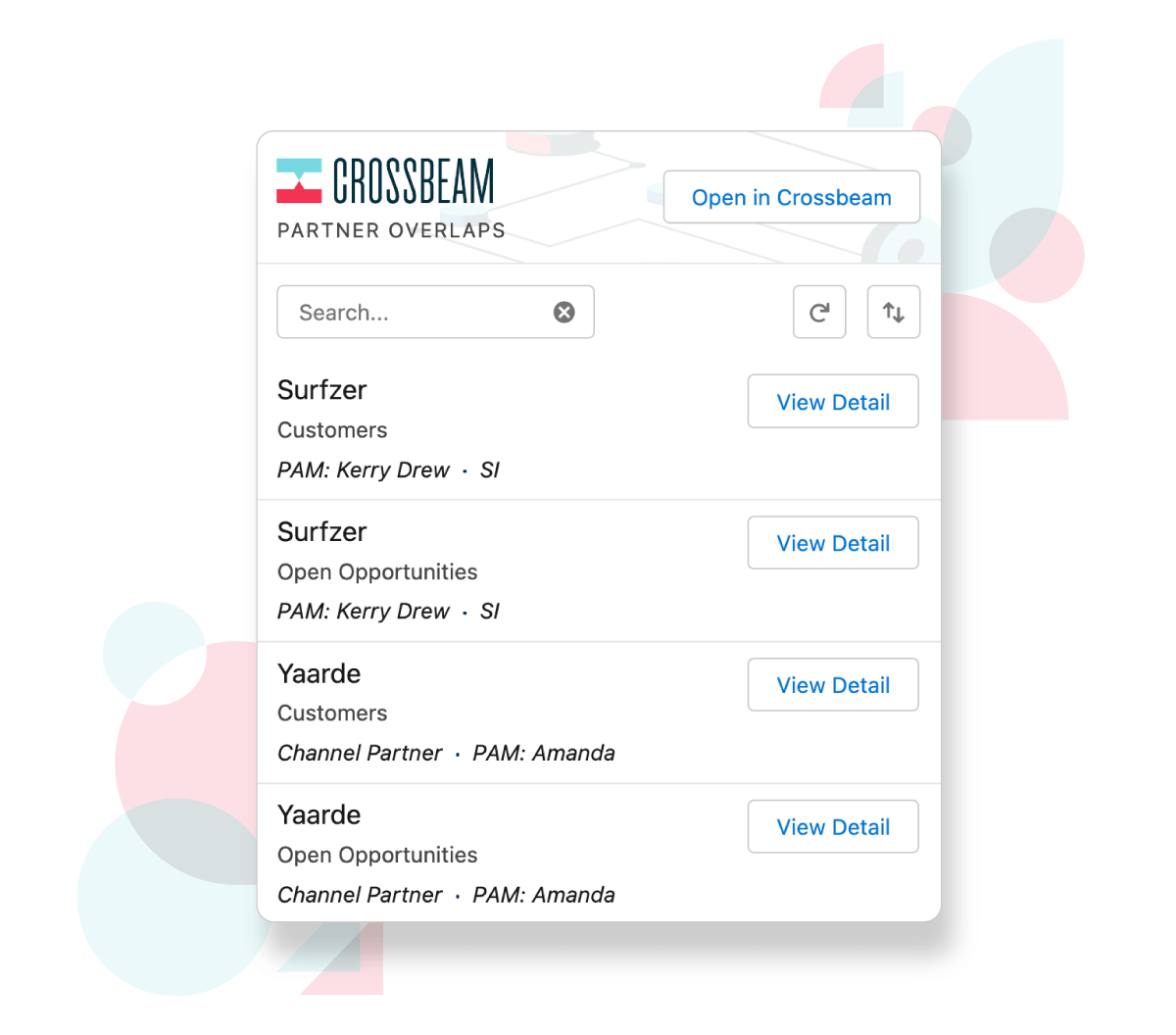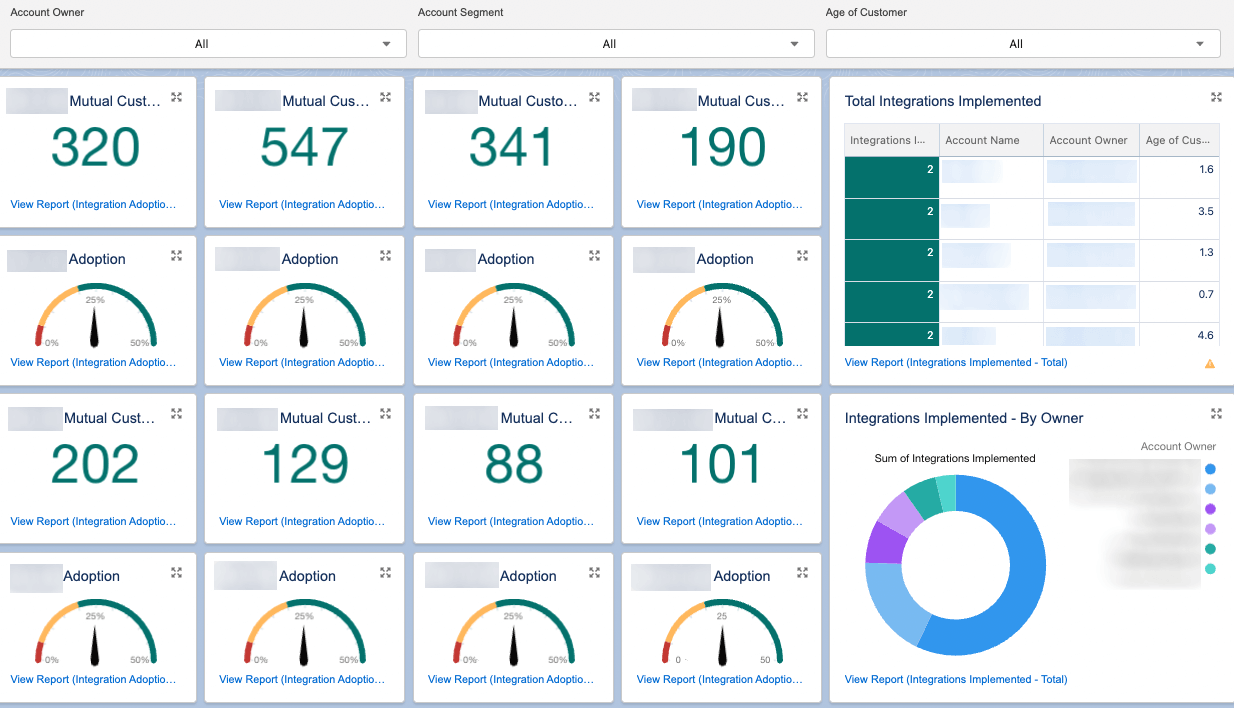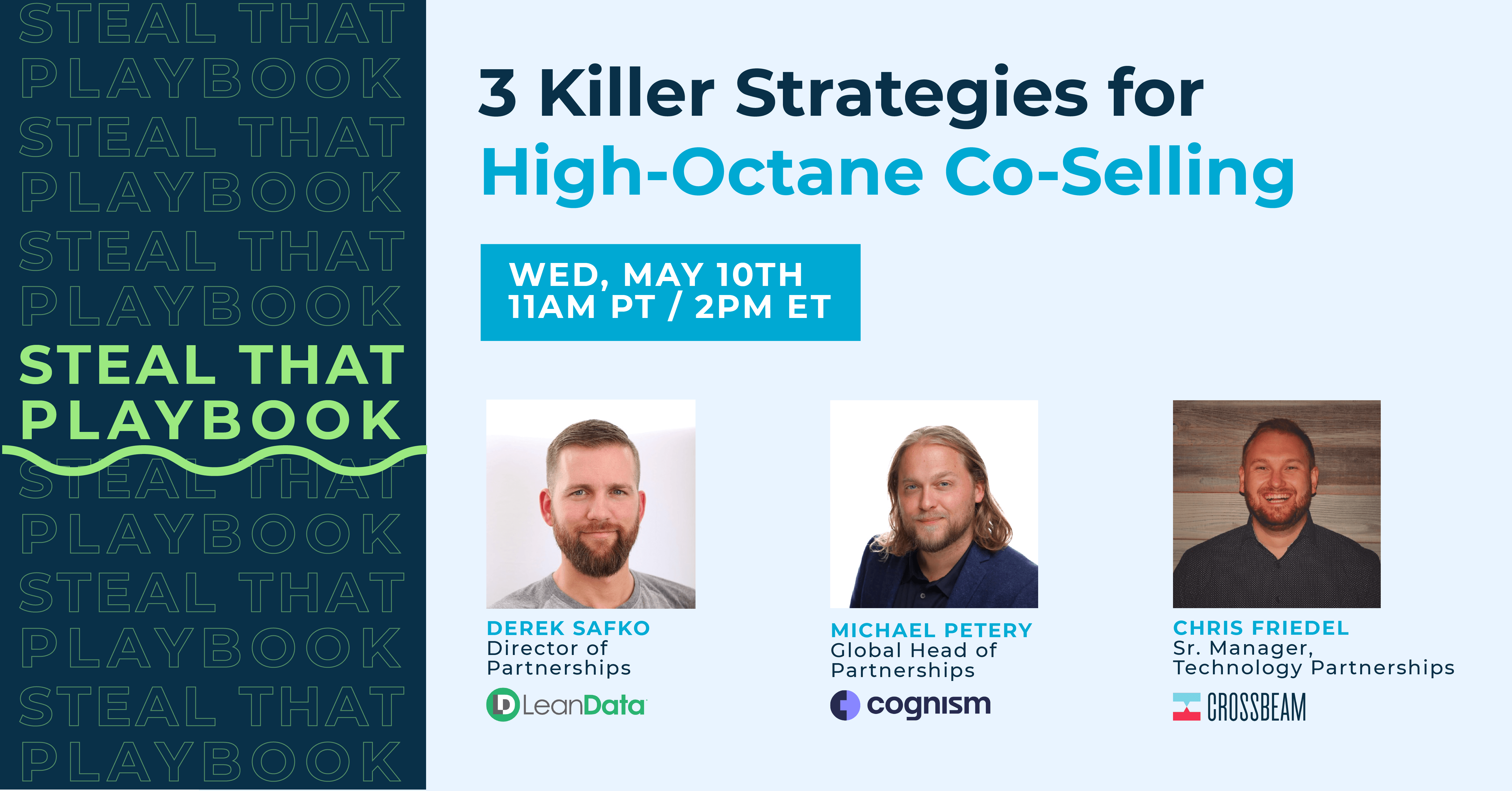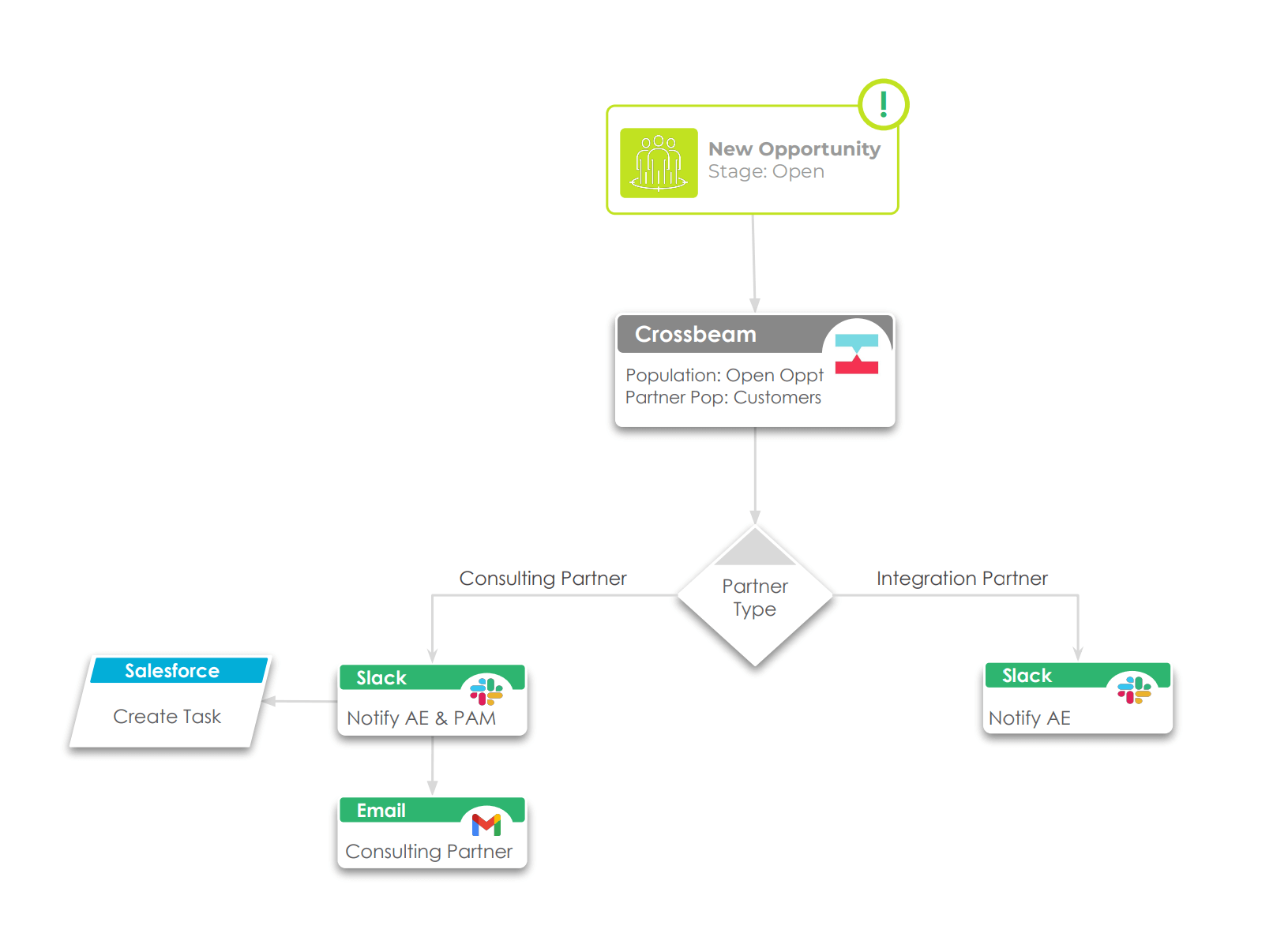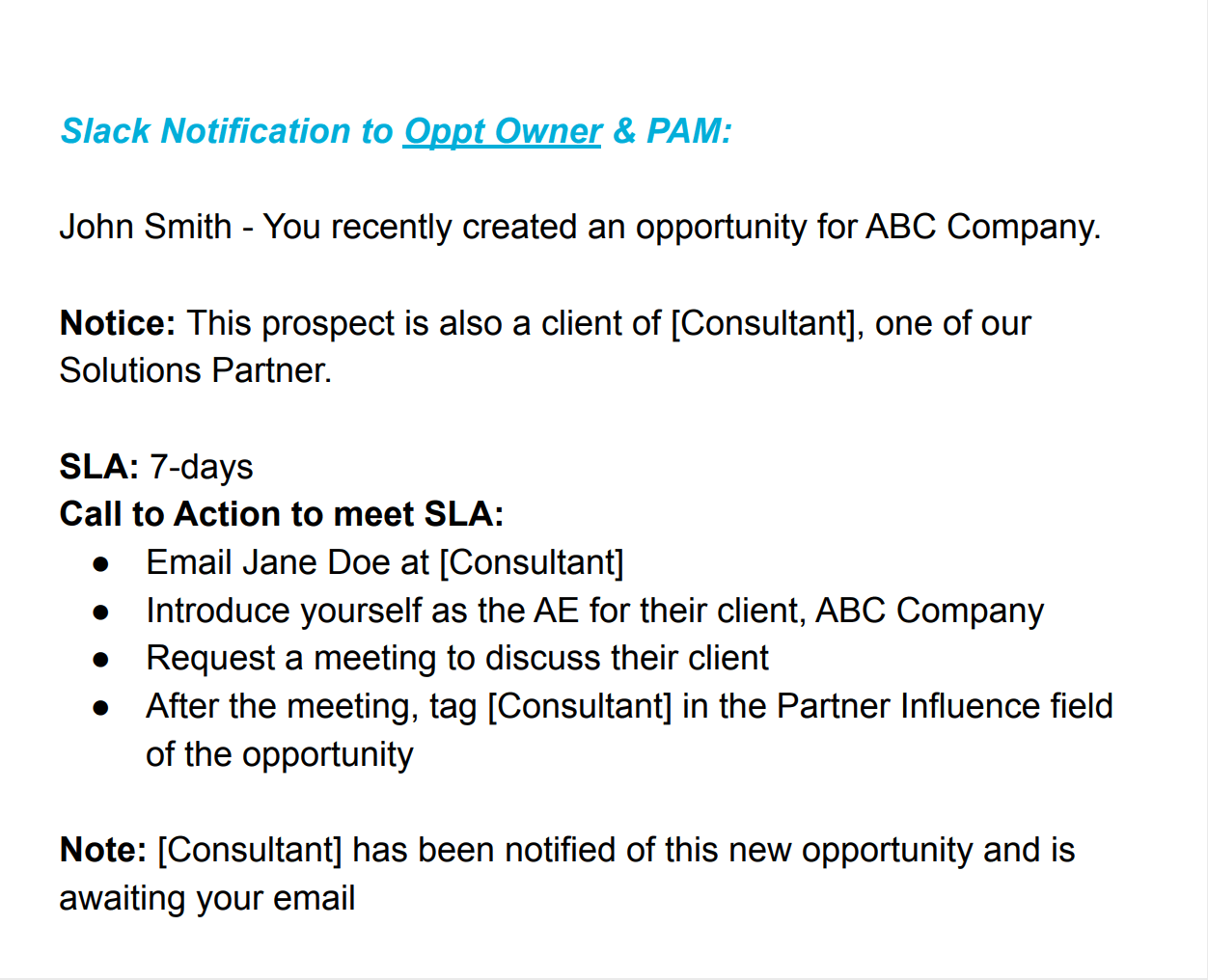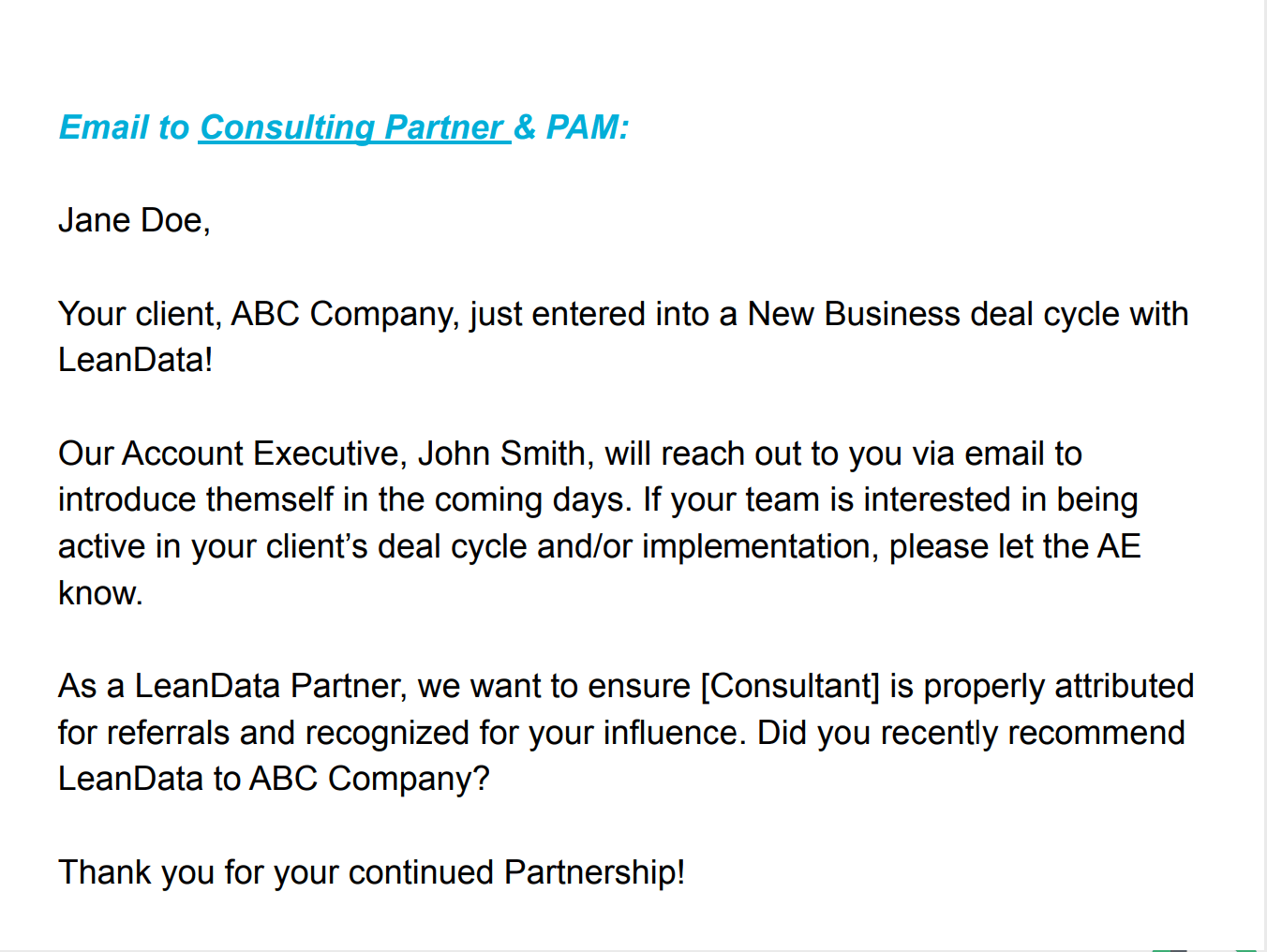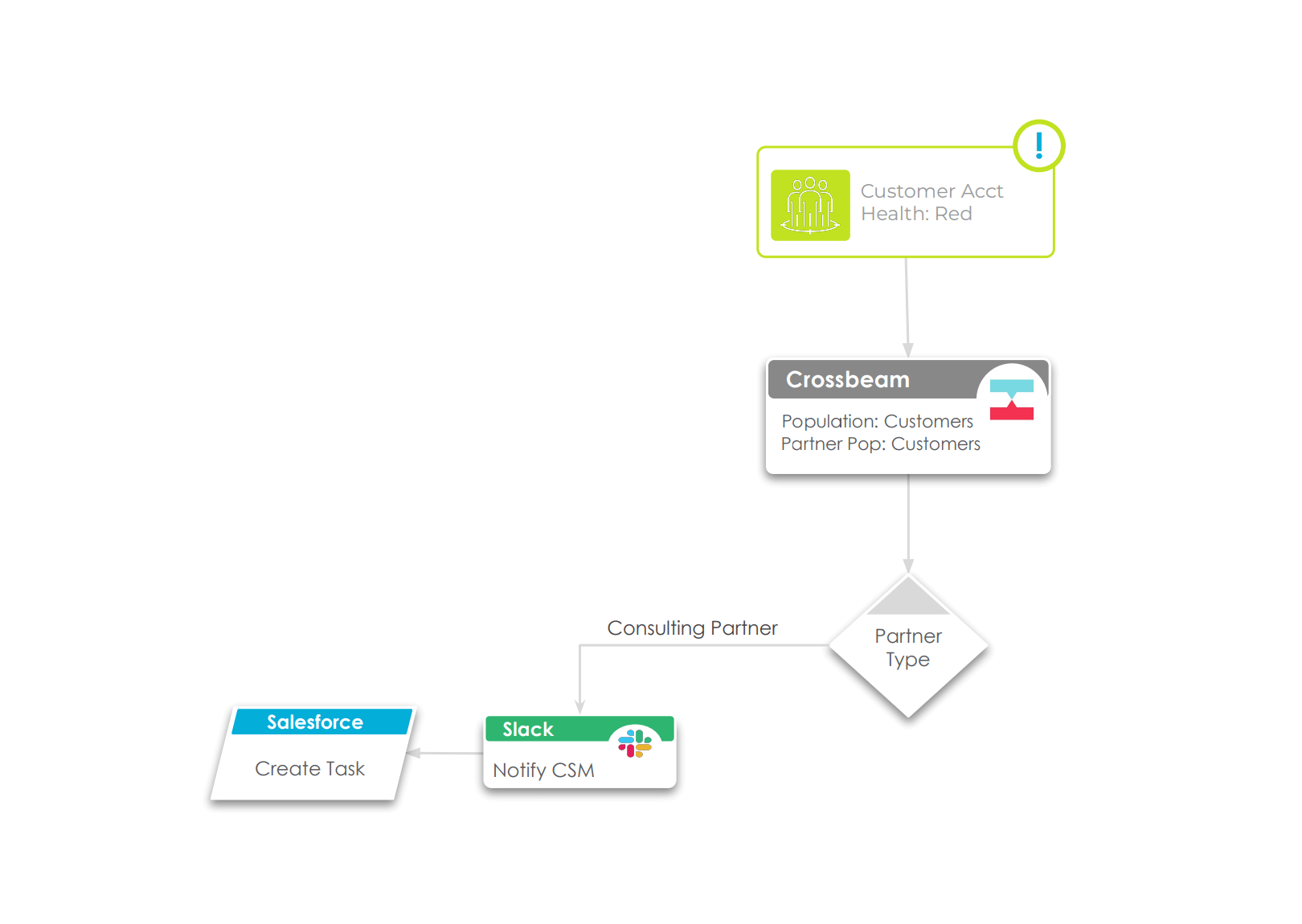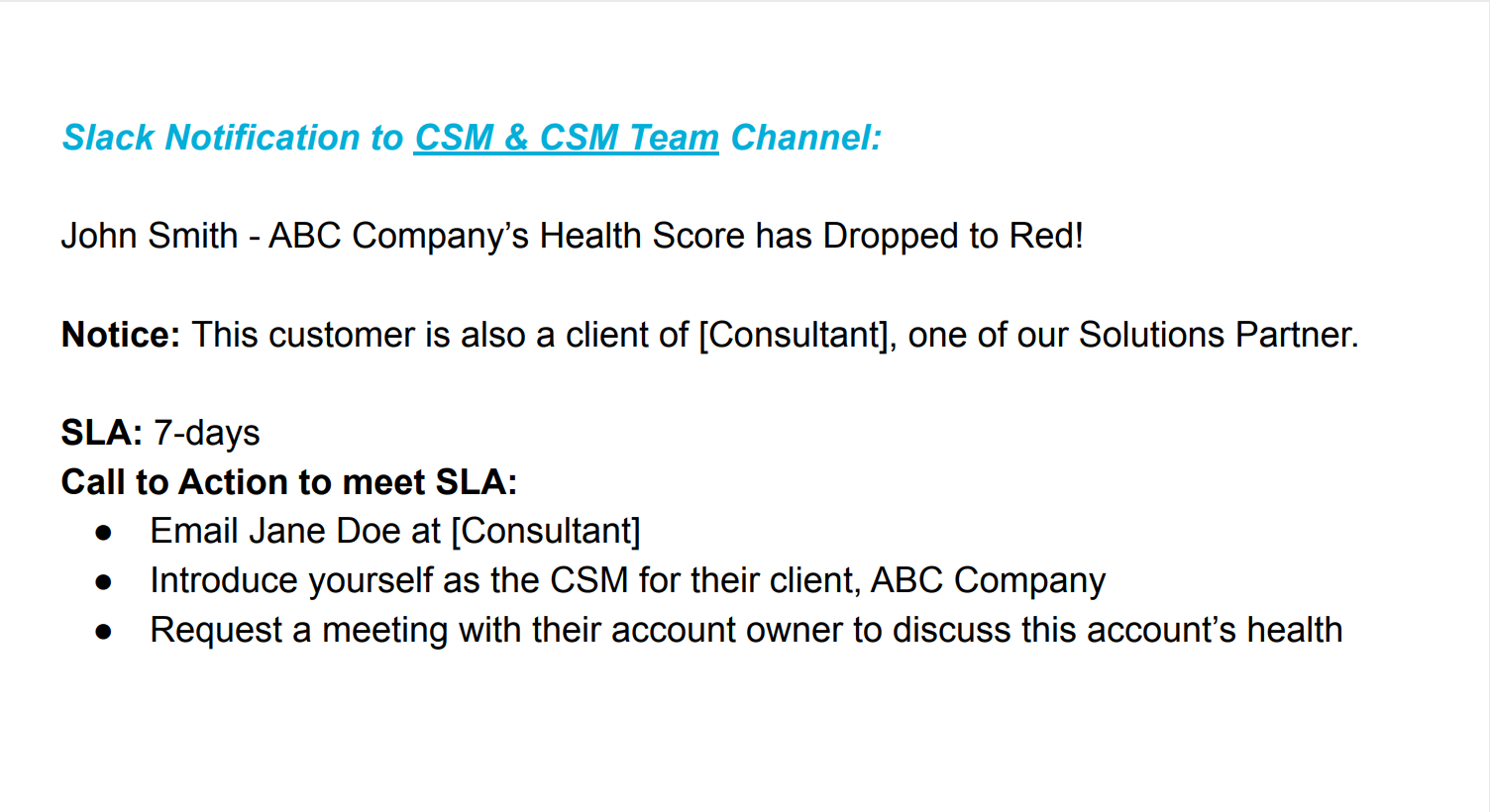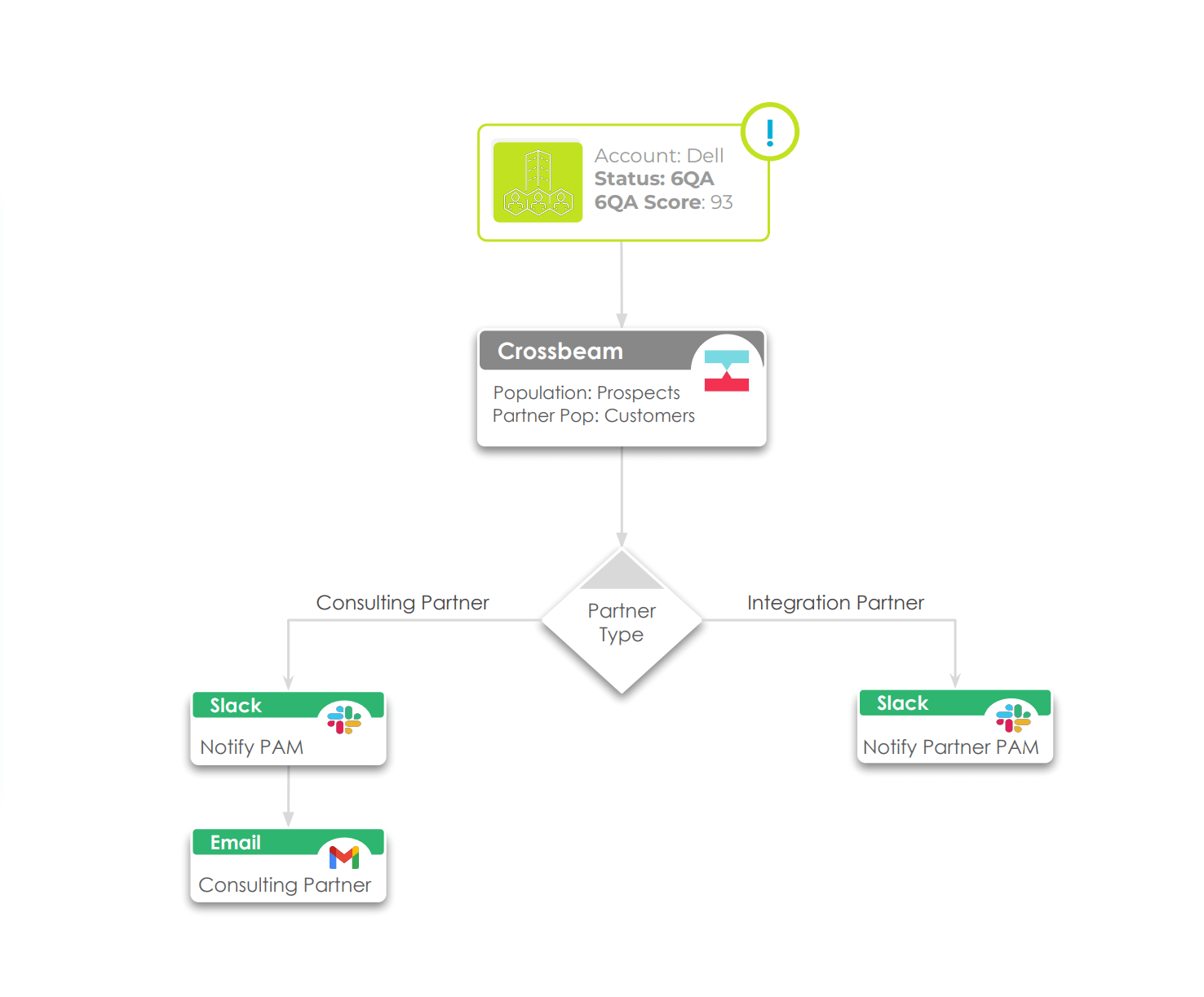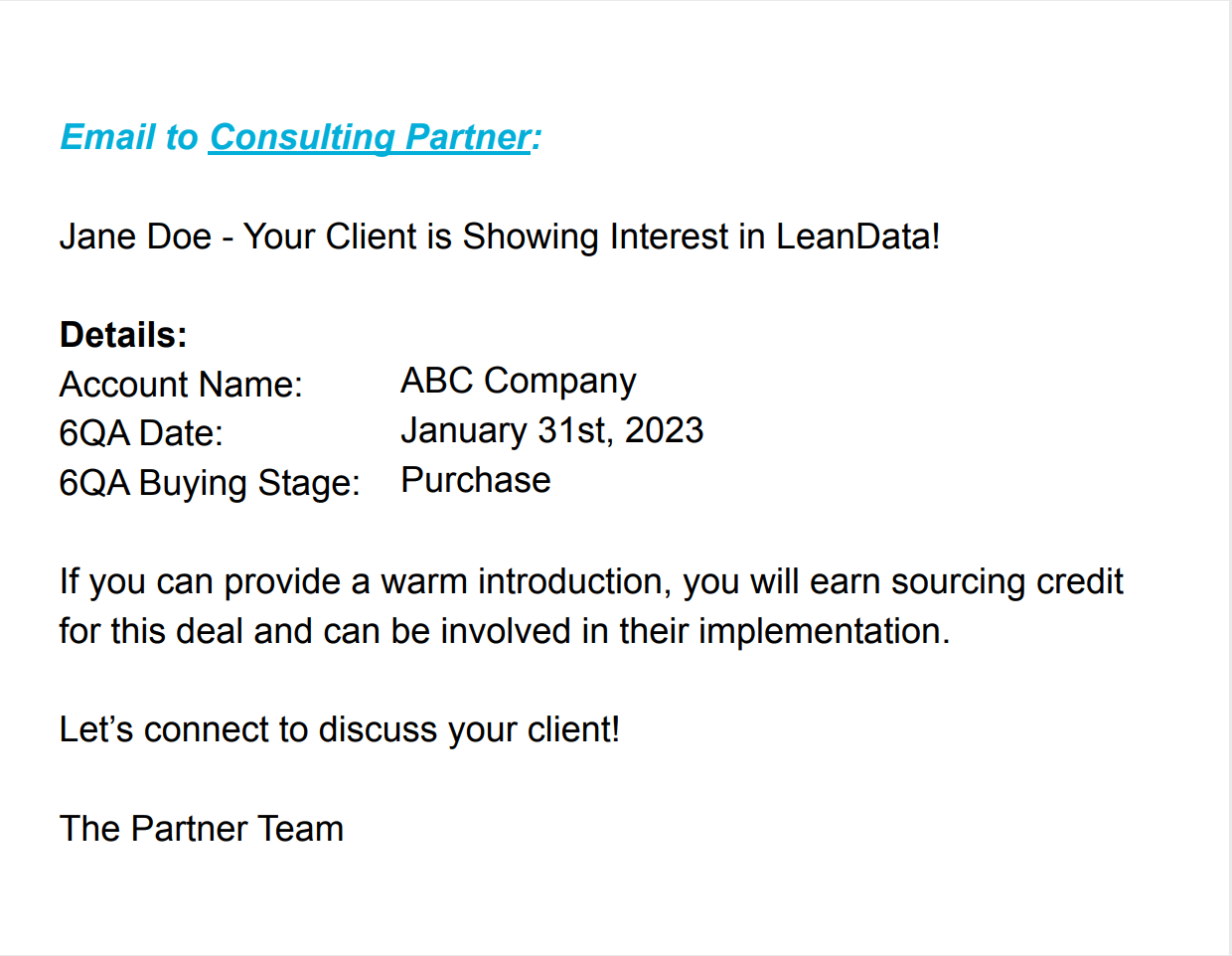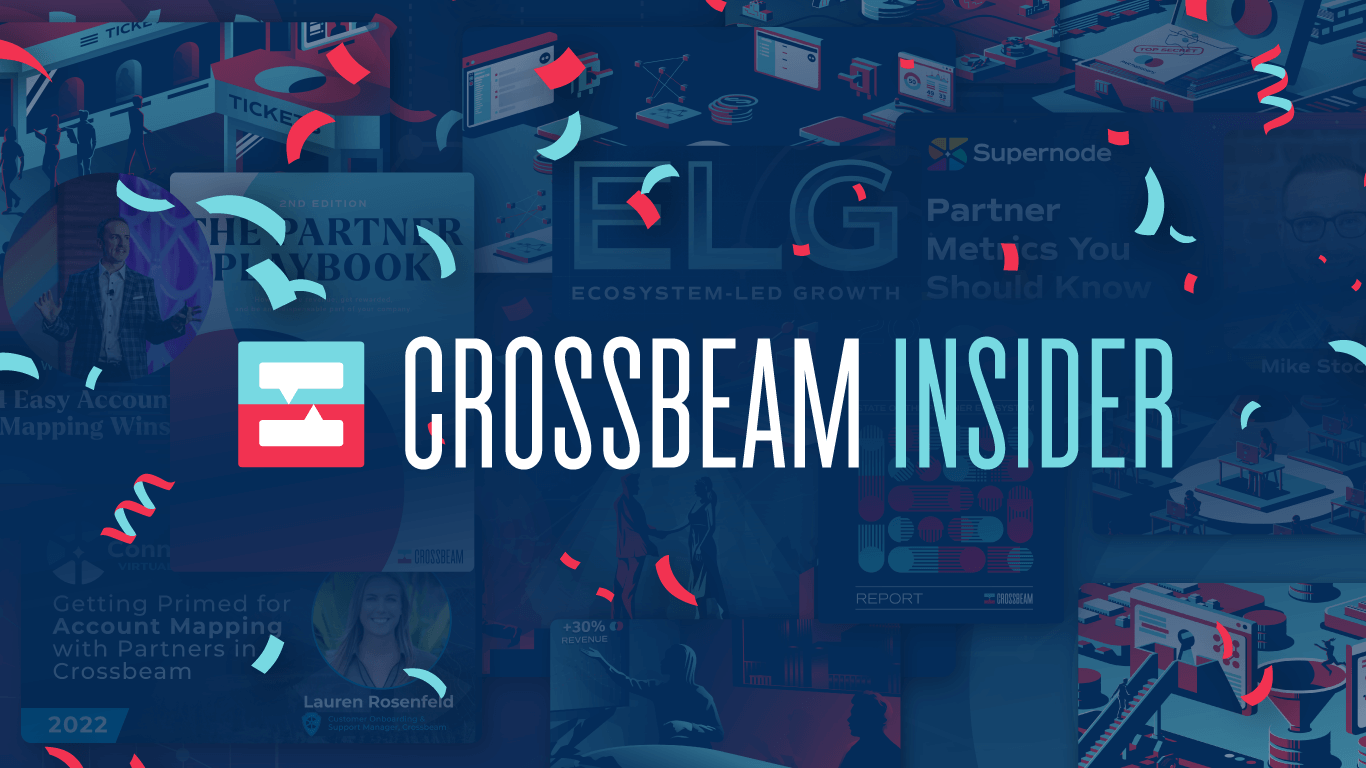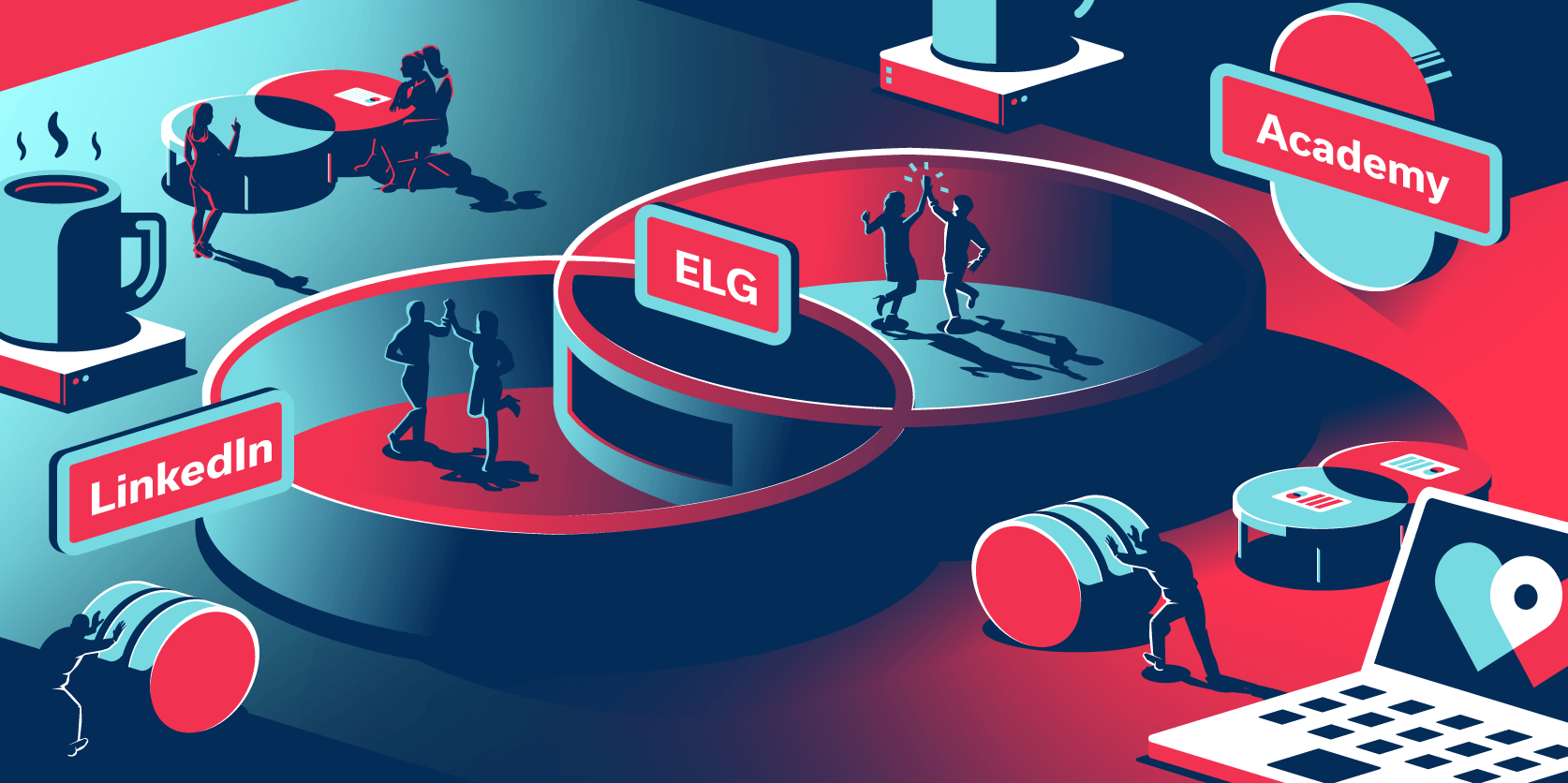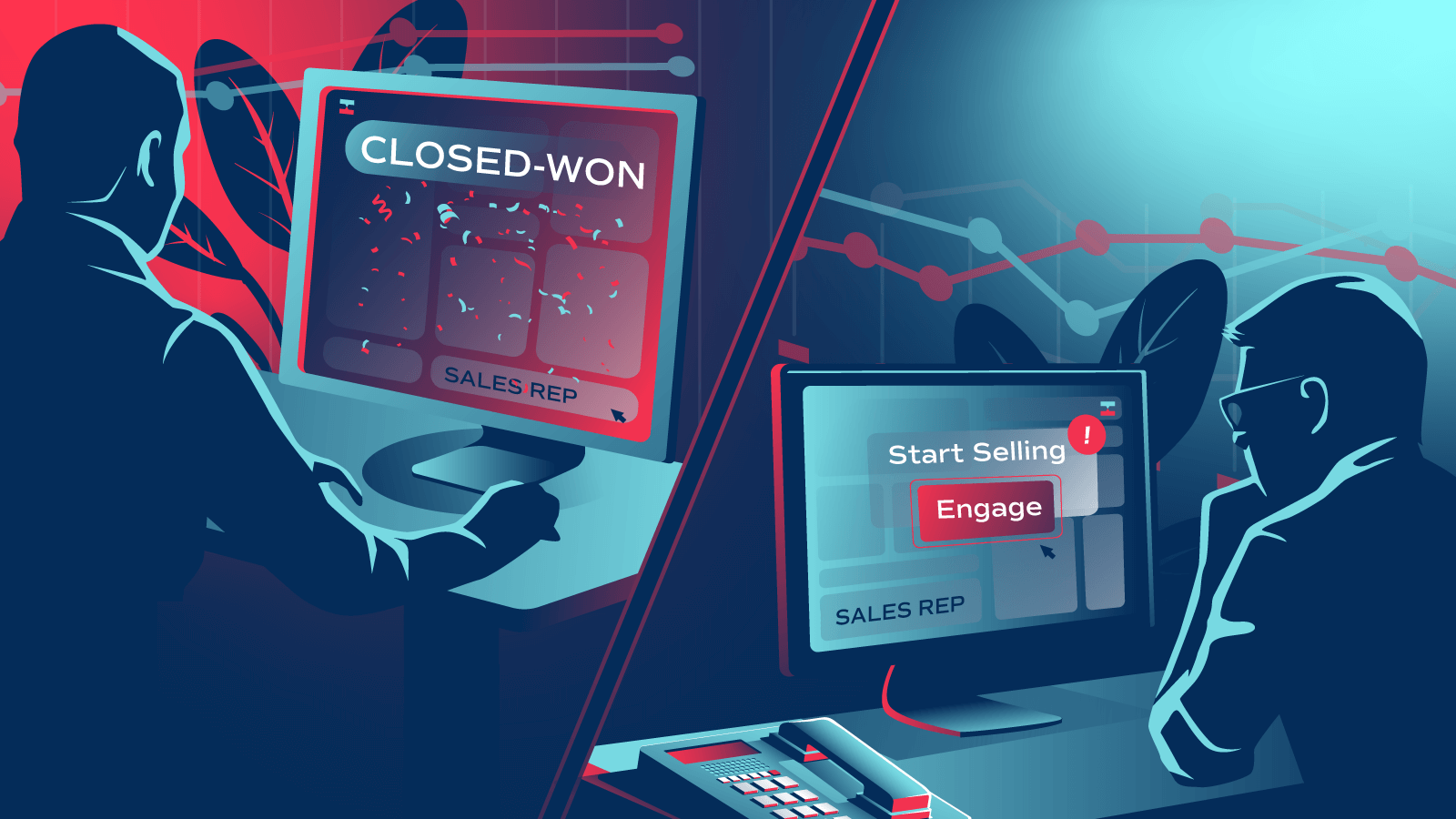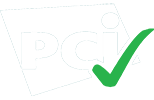Case Study
How LeanData Makes it Easy for Reps to Close Partner-Sourced Revenue
Discover how LeanData’s partnerships team closes 15% more partner-sourced revenue by activating Crossbeam data for their reps in Salesforce, Slack, and LeanData itself.

2020
system integrators, solution, integrations, technology, and platform partners
45+
2-5 people
- Prioritizing accounts for sales
- Accelerating co-selling
- Improving outbound outreach
- Driving integration adoption
- Reducing churn risks
Sure, most companies can identify overlapping prospects, customers, and open opportunities with partners. But to do it at scale? That’s where real ecosystem-led revenue growth happens.
Before using Crossbeam, the partnerships team at LeanData, a Revenue Orchestration Platform, was stuck mapping accounts in spreadsheets. Data often went stale, leading to inaccuracies and co-selling blindspots. The partnerships team struggled to efficiently get partner data in front of their sales and customer success teams.
“Every minute wasted on manual account mapping was time that could be otherwise spent on other revenue-generating activities,” says Derek Safko, Director of Partnerships at LeanData.
That’s why Safko and his team invested in Crossbeam, its Salesforce Widget, Salesforce Custom Object, and Slack integration in 2020. Their goal was to make partner data more visible and accessible to their go-to-market (GTM) teams. Today, LeanData’s SDRs, AEs, and CSMs self-serve partner data from partnerships reports and ecosystem dashboards to activate co-selling and prioritize where and how they spend their time.
“Crossbeam gives us more efficiency by identifying partner overlap data, taking action, and either winning or losing with that partner. There’s no excuse for any of our internal team members not to leverage partners because there’s such a light lift involved,” says Safko.
As a result of making partner data more actionable with Crossbeam, the LeanData team:
- Grew partner-influenced revenue from 3% to 80% in a year
- Grew partner-sourced revenue by 15% in a year
In this story, you’ll learn how LeanData’s partnerships team activates Crossbeam data for their AEs, SDRs, and CSMs in the tools they use most often: Salesforce, Slack, and LeanData itself.
“Partner-influenced revenue has exploded across our business and Crossbeam has become critical to how we operate and how I function as a partner leader,” says Safko. “Our leadership team had always valued partners and encouraged teams to leverage these relationships. Once we brought in Crossbeam, developed mechanisms to activate this data, and witnessed the growth, our leadership began seeing partners as more of a requisite than an option,” he adds.
Table of Contents:
How AEs Prioritize Accounts and Close Deals Faster
It’s important to keep reps laser focused on the right partners to engage with for warm introductions or deal assists. The LeanData team leverages Crossbeam partner data and delivers it to reps in a way that is easier to consume, using Slack and Salesforce reports and dashboards.
“We expect every one of our AEs to have partners involved in their deals where possible and we use Crossbeam to make this happen much more effectively,” says Safko.
Kickstart Collaboration With Partners in Slack
Since LeanData’s AEs use Slack to collaborate internally and externally, Safko has Slack notifications to keep new overlaps top of mind for reps.
“With Crossbeam’s Slack notifications, we drive awareness directly to the AE the moment their account overlaps with a partner,” says Safko.
Safko and his team own an internal “partnerships” Slack channel reserved for LeanData’s partner managers and AEs. Safko has Slack notifications for specific reports in Crossbeam, like:
- LeanData’s Customers<>Partner’s Open Opportunities
- LeanData’s Open Opportunities<>Partner’s Customers
As new overlaps emerge in these reports, Slack notifications will fire off into this internal channel to give AEs visibility into overlaps with partners whom they don’t have a Slack Connect channel with.
For example: When an AE receives a notification about an open opportunity that overlaps with a partner’s customer, they know to include the partner’s joint value proposition into one of the first few calls they have with the prospect.
Additionally, the LeanData team has Slack Connect channels set up with nearly all of their integration partners to keep collaboration flowing between partnership teams. Safko will also add AEs to shared channels with LeanData’s top five integration partners to encourage rep-to-rep co-selling.
For example, more than 200 reps are part of the Slack Connect channel shared between LeanData and their partner 6sense.
“At 6sense, we find Crossbeam to be an essential tool for collaboration and deal acceleration with our partners like LeanData,” says Elliot Smith, Head of Partnerships, at 6sense.
Each Crossbeam notification in that channel will tag the assigned AE from LeanData so they can jump-start collaboration with 6sense’s rep directly in a thread.
“Uncovering overlaps that exist between our companies plays a crucial role in strengthening our strategic partnership with 6sense,” says Safko.
Leverage Ecosystem Dashboards During Pipeline Review Meetings
Safko and his team are helping LeanData’s AEs amplify deal sizes and increase win rates by making it easier to identify which partners they can collaborate with. In their first year with Crossbeam, partner-influenced new business deals were 24% larger and win rates climbed more than 120% compared to deals without partners involved.
“We’ve seen the value of bringing partners into deals, time and time again. Whether it be to salvage an ‘at-risk’ deal or a customer that’s likely to churn,” says Safko.
LeanData’s partnerships team has built customized partnership reports and ecosystem dashboards for their AEs, SDRs, and customer success teams by sending partner data from Crossbeam into a Salesforce Custom Object.
“When it comes to account selection and prioritization for our AEs and SDRs, we reference these Crossbeam-powered dashboards to make sure we’re working accounts that already use our partners’ products. We want to make sure we’re actively reaching out to those accounts with that ‘1+1=3’ story,” says Rob Simmons, VP of Sales at LeanData.
“It’s important for sales leadership to play an active role in learning these dashboards and reports and incorporating the data into their team’s motions” says Simmons.
The partner team has bi-weekly calls with every AE. During these calls, the partner team will review an AE’s current deals and compare them against the AE’s personalized dashboard in Salesforce. The dashboard details:
- The number of overlap counts with LeanData’s top ten integration partners
- LeanData’s top prospects without open opportunities, ranked by overlap volume
- LeanData’s top prospects currently in pipeline, ranked by overlap volume
If the AE has an open opportunity that is stalled, they can use the dashboard above to identify a few different tactics to get the deal back on track, including:
- Surfacing relevant integrations and “better together” solutions that can add more value to the deal
- Identifying partners who can share intel about previous experiences with negotiations and procurement processes at the account
- Identifying partners who can potentially introduce the AE to the right stakeholders or decision makers at the account
“I’m responsible for driving a revenue number and there are a lot of deals that get stuck for various reasons. Being able to leverage our partner ecosystem during these sales cycles really keeps the momentum going for these deals,” says Simmons.
Being able to leverage our partner ecosystem during these sales cycles really keeps the momentum going for these deals
– Rob Simmons, VP of Sales at LeanData
AEs and SDRs use partner dashboards to prioritize the accounts and partnerships they pursue based on the volume of overlaps that exist. For example, if a target account overlaps with multiple integration partners’ customers, that account will likely be high on the priority list for the assigned reps.
Safko has coached AEs to track partner influence on existing deals in Salesforce, too. LeanData has fields in Salesforce to identify which partner account an AE has interacted with to support their deal. The AE will tag the partner so Safko and his team can track the volume of influence by partner name, partner type, and the overall partner influence on revenue for LeanData.
💡 Pro Tip: While 1:1 meetings are a great way to train and enable AEs on how to work with partners and use partner data, they can be a significant time commitment. Unless your organization is ready to make this commitment, Safko recommends holding calls with 2-3 AEs to collectively review their deals and educate them in small teams versus one at a time. It’s much more scalable.
Curious how you can action overlap data in Salesforce? Get step-by-step instructions for building Salesforce reports and dashboards in “How to Activate Ecosystem Insights in Salesforce,” featuring Gdaly Berlin, Solutions Consultant at Crossbeam.
How SDRs Engage Prospects with Targeted, Joint Value Messaging
Like many SaaS companies, LeanData uses an SDR team to help identify new sales opportunities and leads. But in a world full of cold generic emails, SDRs only have a few chances to get a prospect’s attention.
“Normal outbound is noisy and everyone gets a ton of it. Leveraging partner ecosystem data to understand a prospect’s tech stack and custom tailor your pitch accordingly gives your reps a huge advantage,” says Simmons.
Hitting the right prospect at the right time with the right message is absolutely critical.
Now, SDRs are using partner data to craft more personalized and targeted messaging about LeanData and its integrations.
“Our SDRs are using Crossbeam data to send different email sequences to our partners’ customers and highlight our joint value messaging,” says Safko.
SDRs will look at the Salesforce Widget on an Account to quickly see which partners also have relationships there. Safko has taught SDRs to “View Details” about an overlap in the Salesforce Widget. This way, they can see when an account became a customer of an integration partner and determine the best time to connect with the account on a given integration.
“Every two months, we get in front of our SDR teams and do a recap of Crossbeam best practices to maximize their pipeline. Repetition is key to transition partners into a subconscious part of their sales motion,” says Safko.
The SDRs have email series specific to each integration partner in their sales engagement platform. When an SDR sees a target account that overlaps with a partner’s customer, they’ll enroll those contacts in that specific sequence. The LeanData partnerships team doesn’t auto-enroll contacts in a sequence because they want their SDRs to review the overlaps to make sure there aren’t conflicts with existing email sequences scheduled in their sales engagement platform.
The email sequence is made of a few emails that introduce LeanData, their integration with the integration partner, and the joint value of the integration.
“I’m a big believer in this play for SDRs. I think about how much outreach I personally get, and the stuff that catches my eye is either highly personalized and/or it mentions a tool that I’m already using,” says Simmons.
Safko emphasizes the importance of being tactful when using this messaging approach. Don’t directly call out that you know the contact is a customer of an integration partner. Instead, focus on the problems you’re solving with your integration and your “better together” story with that partner.
How CSMs Drive Integration Adoption
LeanData’s CSMs are also staying on top of integration adoption using the Crossbeam reports and dashboards Safko has built in Salesforce.
As soon as the CSM is assigned a new customer, they’ll view the dashboard to see which integration partners share that customer.
There are two ways LeanData’s CSM might use this information to drive integration adoption:
- If there is an upcoming meeting with the customer, the CSM can be prepared to discuss the integration, the benefits for the customer, and the steps to activate.
- The CSM can email the customer to let them know about the integration and share collateral so the customer can learn more about the value of the integration and how to get started.
“Without Crossbeam’s insights into overlaps with our integration partners, it would be next to impossible to drive success around our integration adoption the way that we are today,” says Safko.
What’s Next: Advanced Crossbeam Notifications Powered by LeanData
The LeanData team is also leveling up how they orchestrate partnership plays using their very own platform. Safko and his team have leveraged Crossbeam’s APIs to integrate Crossbeam partner data into LeanData’s Revenue Orchestration Platform. This allows Safko and his team to boost partner collaboration, prioritize sales activities, and accelerate sales cycles using advanced Crossbeam notifications and automated workflows in LeanData.
Read on for specific examples of their use cases.
Psst…Want to learn how you too can automate and scale your partnership motions? Join partnership pros from Cognism, Crossbeam, and LeanData for a webinar discussion on how you can surface the right partner data for your revenue team at the right time. You’ll learn how to:
- 🚦Uncover new business opportunities with partner intent signals
- 💫 Leverage Ecosystem-Led Growth to supercharge account-based plays
- 👀 Identify and mitigate customer churn risk using partner data
Use Case #1 – New Opportunity Creation
Opportunities to attribute sourced or influenced revenue aren’t slipping through the cracks for Safko and his team. They use an automated workflow to ensure they are engaging partners on all new sales opportunities.
Each time a new opportunity (created in LeanData’s CRM) overlaps with a partner’s customer in Crossbeam, custom notifications are triggered depending on the partner type (consulting or integration).
If the overlap is with an integration partner, the assigned AE receives a custom notification in Slack so they know which integration(s) to include in their sales pitch. The integration might be another selling point and value proposition for the customer to consider.
If the overlap is with a consulting partner, the AE and the partner account manager receive a Slack notification and an assigned task in Salesforce with clear next steps (see image below).
The consulting partner will also receive an automated email detailing information about the account, the opportunity, and when they can expect to hear from LeanData’s AE.
This approach keeps collaboration flowing between LeanData’s sales reps and consulting partners, and it makes it easy for LeanData’s partnerships team to get credit for their involvement in deal cycles.
Use Case #2 – Reduce Churn Risk
Driving collaboration between partners and CSMs is another way to identify “at-risk” accounts and prevent potential churn.
Safko built a workflow that notifies a CSM in Slack when a customer’s account health is in the “red” and also overlaps with a consulting partner.
“Consultants are trusted advisors for their clients. Leveraging these relationships provides the greatest potential to retain at-risk customer accounts,” say Safko.
A Salesforce task is assigned to the CSM with the following details:
- The account and its health score
- The partner the account overlaps with
- Specific actions for the CSM to take
This approach makes it easy for CSMs to identify at-risk accounts and quickly identify which partners they should collaborate with to get the account back on track.
“Just like AEs, our CSMs are being hit with a ton of noise. My goal is to add guardrails to this noise and ensure they know exactly which partner to collaborate with, at exactly the right time. Being prescriptive in this guidance is key,” says Safko.
Use Case #3 – Intent-Based Partner Referrals
To drive partner-sourced revenue, the LeanData team uses an automated workflow that harnesses 6sense Intent Data. If a LeanData consulting partner’s client (who is a prospect of LeanData) shows a certain level of intent, notifications are triggered for the partner account manager and the consulting partner.
Let’s say a target prospect (who is also a customer of a consulting partner) visits LeanData’s website multiple times. The partner account manager will receive a notification in Slack and an automated email will trigger for the consulting partner asking them to provide a warm introduction.
Notice how the automated email makes it clear on “what’s in it” for the consulting partner: getting credit for the deal and the potential to support the implementation. This approach sparks collaboration between LeanData and their consulting partners, and it enables Safko to source new deals for his sales team.
–
Safko and his team built these workflows using LeanData’s Revenue Orchestration Platform to support ecosystem-led growth in a more scalable and automated way. They plan to iterate each workflow by learning what’s working or not working, and incorporate feedback from their sales and customer success teams.
“LeanData has seen tremendous success over the last two years through partnerships. We are entering the next phase of ecosystem growth by incorporating automations into how our teams leverage Crossbeam insights. Not only am I excited to drive this growth for LeanData, but I’m equally excited to see my peers’ success multiply as they activate their company’s ecosystems,” says Safko.
Curious how you can get started driving ecosystem-led growth for your company? Sign up for Crossbeam (it’s free!).
Turn your ecosystem into your #1 revenue source
Get started in under a minute. Instantly capture insights from your partners. Identify more opportunities. Did we mention it’s free?


